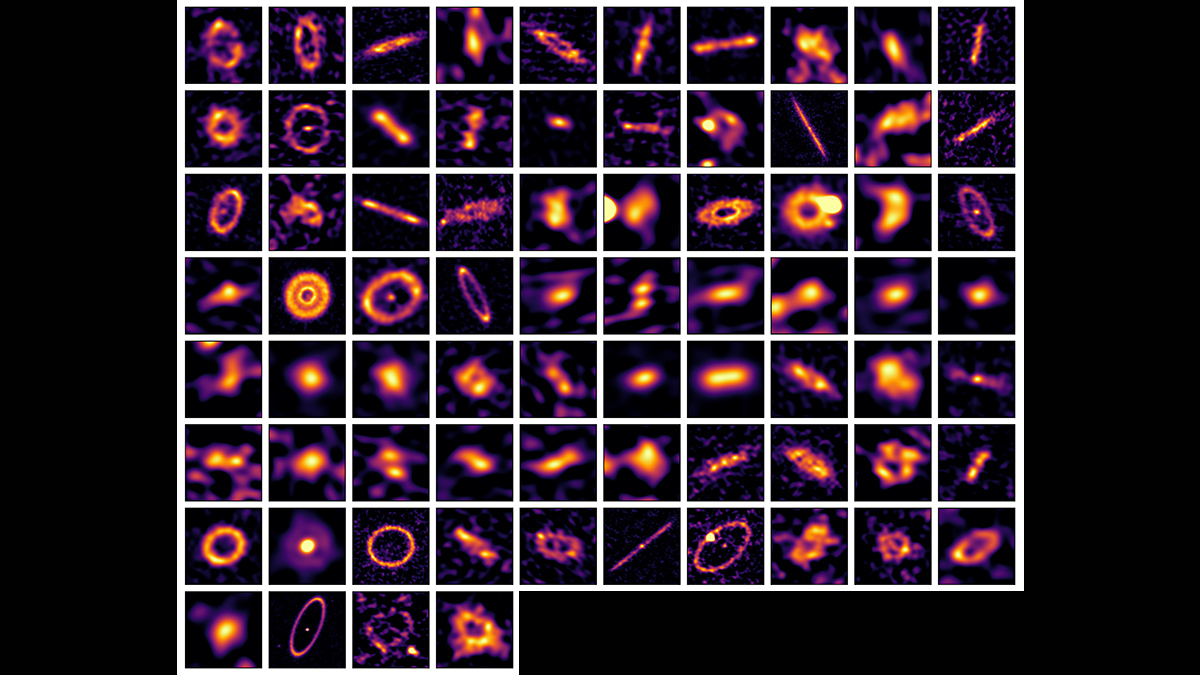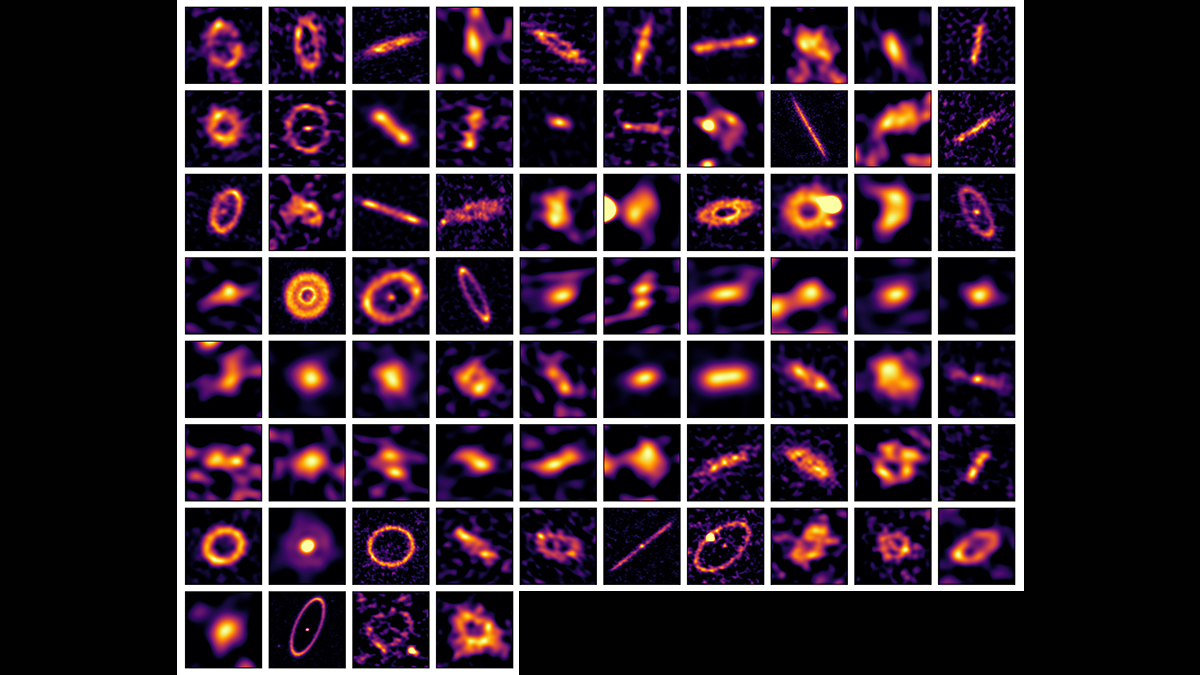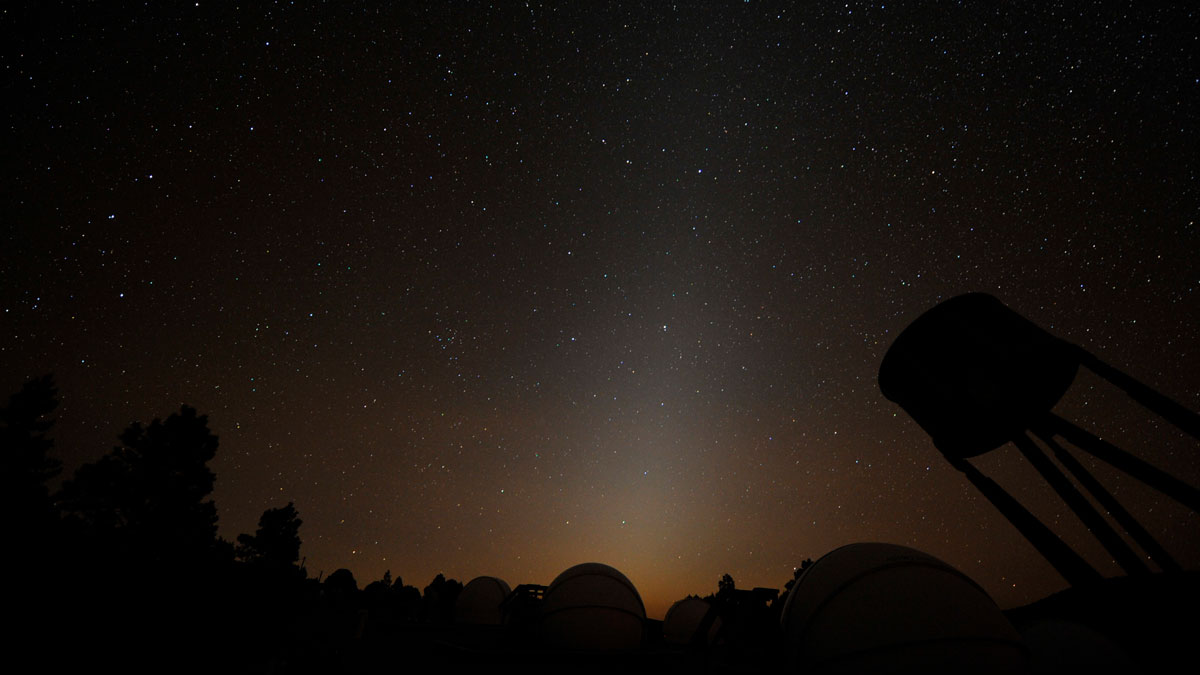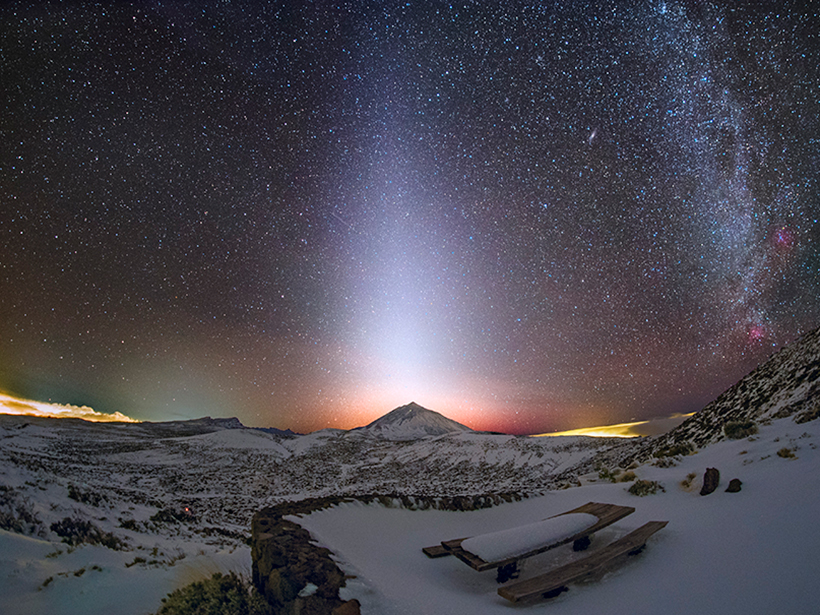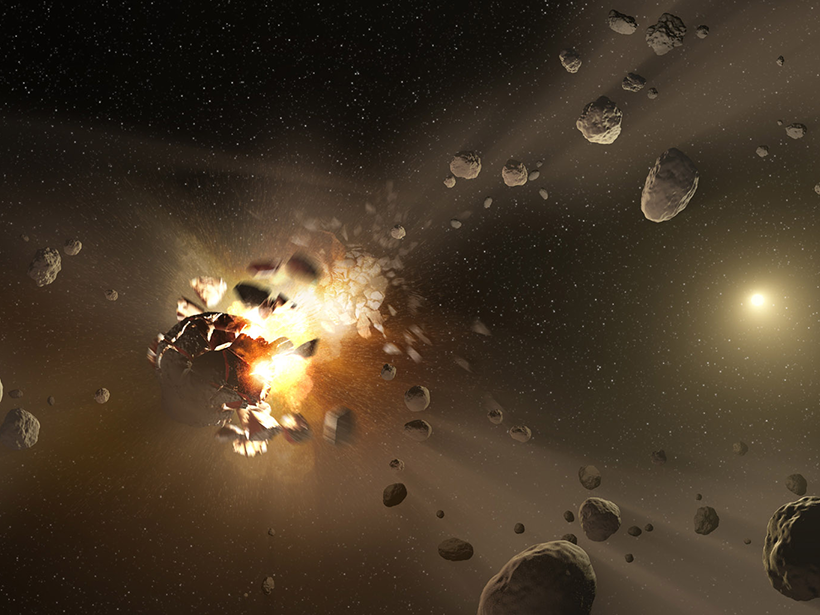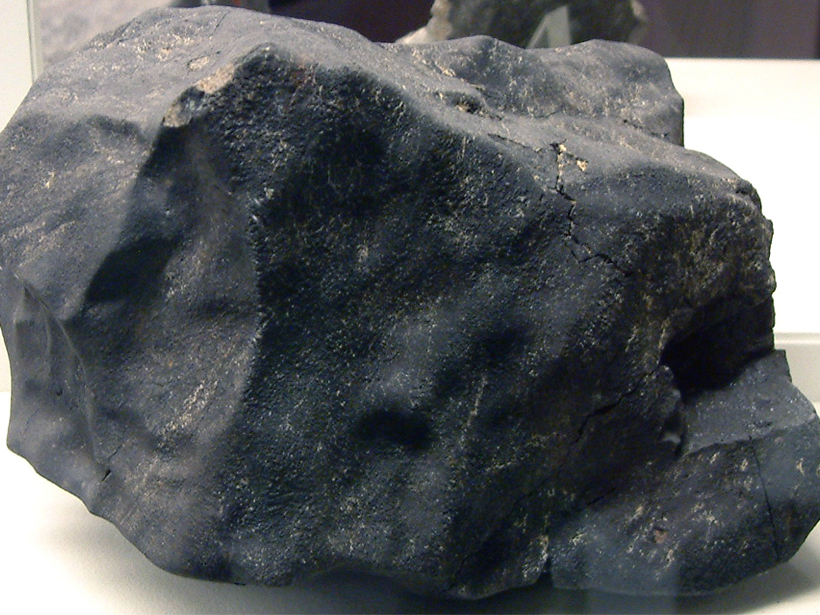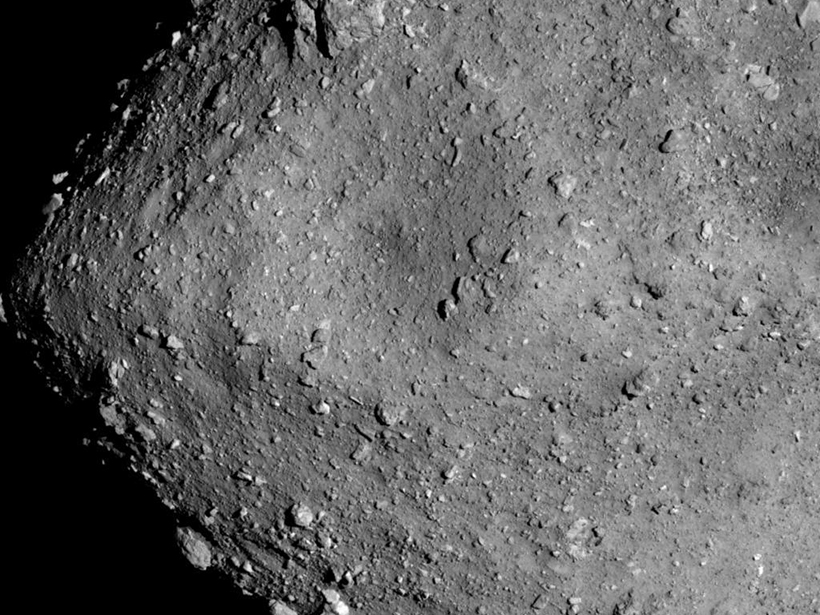Las observaciones en longitudes de onda milimétricas de polvo y guijarros en 74 sistemas estelares sugieren que las migraciones planetarias podrían ser más comunes de lo que pensábamos.
cosmic dust
Dusty Belts Provide Clearer Insights into Exoplanet Formation
Millimeter-wavelength observations of dust and pebbles in 74 star systems hint that planetary migrations might be more common than we realized.
Saturn’s Shiny Rings May Be Pretty Young
The rings are fairly shiny despite being bombarded by dust, indicating that they haven’t been around for very long.
Mercury Isn’t Alone in Orbit, and Scientists Don’t Know Why
A cloud of dust traces the innermost planet’s orbital path. By all accounts, it shouldn’t be there.
Cosmic Dust May Be Key Source of Phosphorus for Life on Earth
When tiny particles enter Earth’s atmosphere, a newly described series of chemical reactions may lead to production of phosphorus-containing molecules that are essential for biological processes.
形成黄道光的太空尘埃可能来自火星
朱诺号探测器飞往木星途中的偶然发现表明,形成黄道光的太空尘埃可能来自火星,但这些尘埃是如何从火星或其卫星逃逸出来的仍不得而知。
The Space Dust That Causes Zodiacal Light Might Come from Mars
Serendipitous observations by the Juno spacecraft while it was en route to Jupiter suggest a Martian source for the dust, but how the dust escapes Mars or its moons remains unknown.
Dust from Colliding Asteroids Masqueraded as a Planet
New analysis of Hubble Space Telescope images suggests that Fomalhaut b, once believed to be an extrasolar planet, is, in fact, a cloud of dust that likely formed from the collision of enormous asteroids.
Dust Older Than the Sun Sheds Light on Galactic History
A small pile of dust grains older than the Sun brings new evidence about the rate at which stars are born in the Milky Way.
Nearby Asteroid Is Mysteriously Devoid of Dust, Lander Reveals
Close-up images of Ryugu, a near-Earth asteroid and the target of the Hayabusa2 sample return mission, reveal a rocky, dustless world that may have formed from a giant collision.

